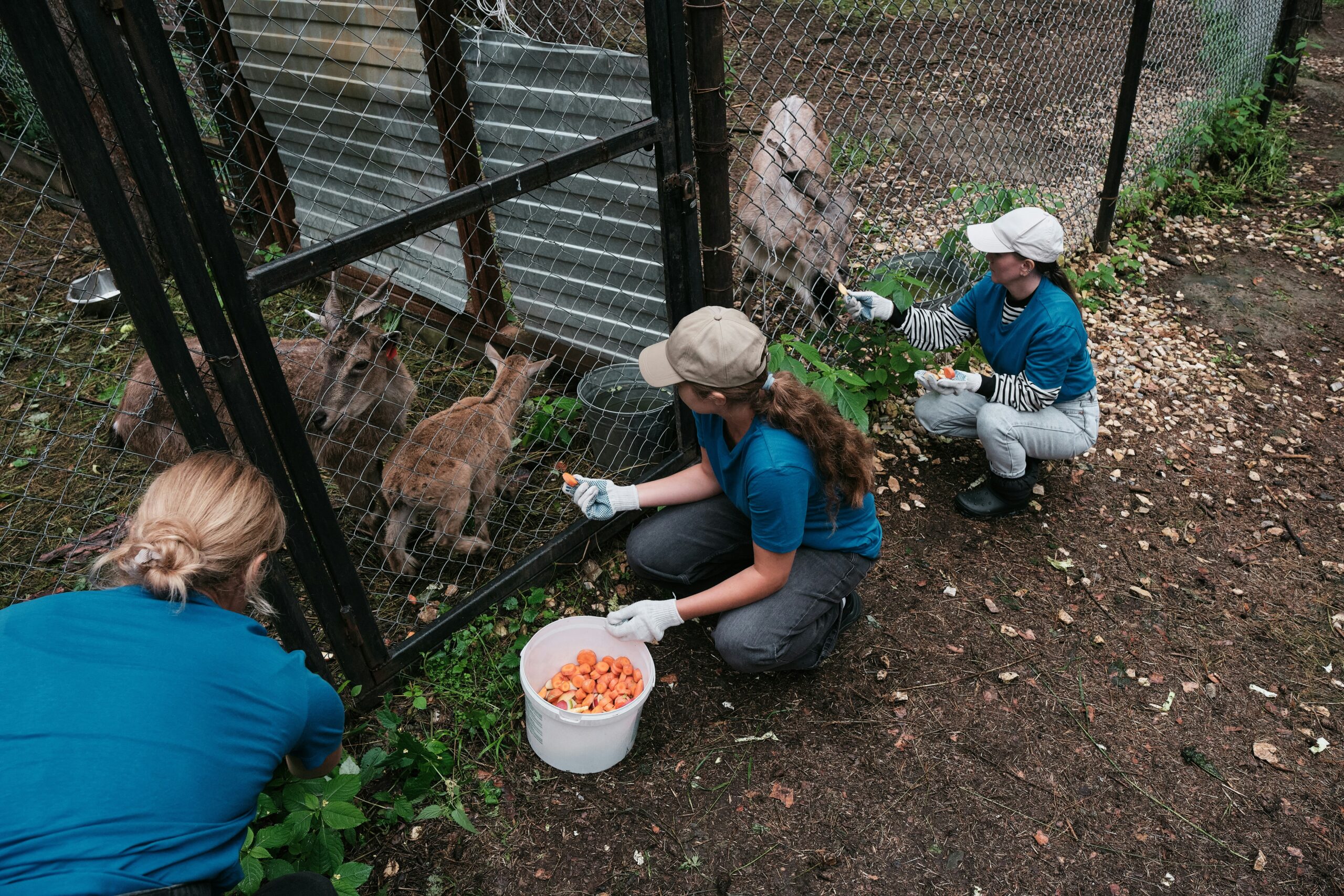
Socialization plays a crucial role in preparing shelter animals for successful adoption. Many animals enter shelters after experiencing abandonment, neglect, or trauma, which leaves them anxious and unsure of human interaction. Without proper socialization, these animals may struggle to trust people, reducing their chances of finding permanent homes. By creating structured opportunities for positive engagement, shelters help animals rebuild confidence and adapt to new surroundings.
Additionally, socialization has a direct impact on animal welfare within the shelter itself. Animals that learn to interact calmly with people and other pets experience less stress during their stay. This lower stress level improves their overall health, as fear and anxiety can weaken immune systems and lead to behavioral issues. Consequently, socialization not only supports adoption success but also enhances the quality of life for animals while they remain in shelter care.
Human Interaction and Trust Building
Human interaction is at the core of effective socialization. Gentle handling, consistent routines, and positive reinforcement help animals associate people with safety and comfort. Staff and volunteers who spend time sitting quietly with shy pets or engaging in play with energetic ones provide meaningful connections. Over time, these interactions allow animals to replace fear with trust, making them more approachable to adopters.
Furthermore, trust building extends beyond physical contact. Calm voices, predictable behavior, and patient body language all contribute to creating a safe environment. When animals feel secure in human presence, they become more willing to explore their surroundings and demonstrate natural behaviors. This transformation is vital for showing adopters an animal’s true personality rather than the guarded reactions shaped by stress.
Interactions with Other Animals
While human contact is essential, interactions with other animals also play a valuable role in socialization. Dogs, for instance, benefit from supervised playgroups where they learn appropriate boundaries and communication skills. These interactions mimic natural pack dynamics, helping to reduce fear-based aggression. Similarly, cats gain confidence when introduced carefully to others, as shared spaces can teach tolerance and patience.
However, such interactions must be closely monitored to ensure safety. Shelter environments can be stressful, and animals may react unpredictably if they are pushed too quickly. By introducing animals gradually and observing their responses, staff can create positive experiences that build resilience. These peer-to-peer connections prepare animals for future households where they may encounter other pets.
The Role of Enrichment
Enrichment activities support socialization by stimulating both the mind and body. Toys, puzzles, and interactive games engage animals in ways that reduce boredom and anxiety. Enrichment also provides opportunities for staff and volunteers to interact with animals in structured, rewarding ways. These activities encourage learning, foster curiosity, and create associations between people and enjoyable experiences.
Additionally, enrichment programs reduce problematic behaviors that often deter adopters. Animals with outlets for their energy are less likely to develop destructive habits or excessive vocalization. By promoting mental and physical stimulation, enrichment complements direct socialization efforts, helping animals present themselves as balanced and adoptable companions.
Overcoming Behavioral Challenges
Many shelter animals display behaviors shaped by past hardships, such as fearfulness, resource guarding, or separation anxiety. Socialization offers tools to address these challenges. Through consistent exposure to positive experiences, animals gradually replace negative associations with more positive and healthier responses. For instance, a dog once frightened of leashes may learn to enjoy walks when paired with patient guidance and rewards.
Moreover, addressing behavioral challenges increases adoption success. Families are more likely to welcome animals that demonstrate adaptability and manageable behaviors. When shelters invest in targeted socialization programs, they help animals overcome barriers to finding homes. These efforts reflect not only compassion but also a practical strategy for reducing long-term shelter stays.
Volunteer and Community Involvement
Volunteers often play a vital role in socializing shelter animals. Their contributions provide the time and attention that staff, who manage many responsibilities, may not always have available. Regular volunteer visits allow animals to experience diverse interactions, preparing them for the variety of personalities they will encounter in adoptive homes. This variety helps build resilience and reduce the fear of strangers.
Beyond individual interactions, community involvement strengthens shelter socialization efforts. Schools, youth groups, and local organizations often partner with shelters to create programs that benefit both animals and people. These collaborations not only expand resources but also foster empathy and awareness within the community. By engaging more people in the process, shelters amplify their ability to prepare animals for brighter futures.
Preparing Animals for Adoption
Ultimately, the goal of socialization is to prepare animals for successful adoptions. Well-socialized pets approach potential adopters with curiosity rather than fear, making positive first impressions. Their ability to interact calmly and confidently increases the likelihood of forming immediate bonds with families. Shelters that prioritize socialization create conditions that dramatically improve adoption outcomes.
Additionally, preparation involves teaching basic skills that facilitate a smooth transition into homes. Simple commands, litter box training, or leash manners give adopters the confidence to manage their new companions. These skills demonstrate that animals are ready to integrate into family life, reducing the risk of returns. By focusing on adoption readiness, shelters ensure that animals not only find homes but keep them.
Building a Compassionate Future
Socializing animals in shelters is more than a practical necessity; it is an act of compassion. By investing time, patience, and creativity, shelters transform frightened or withdrawn animals into loving companions ready for families. These transformations highlight the resilience of animals and the profound impact of human kindness.
Looking ahead, continued innovation in shelter practices will expand opportunities for socialization and interaction. From enhanced enrichment to community-driven programs, each effort moves society closer to a future where every animal has the chance to thrive. By valuing socialization as a core aspect of sheltering, communities affirm their commitment to treating animals with dignity, empathy, and respect.